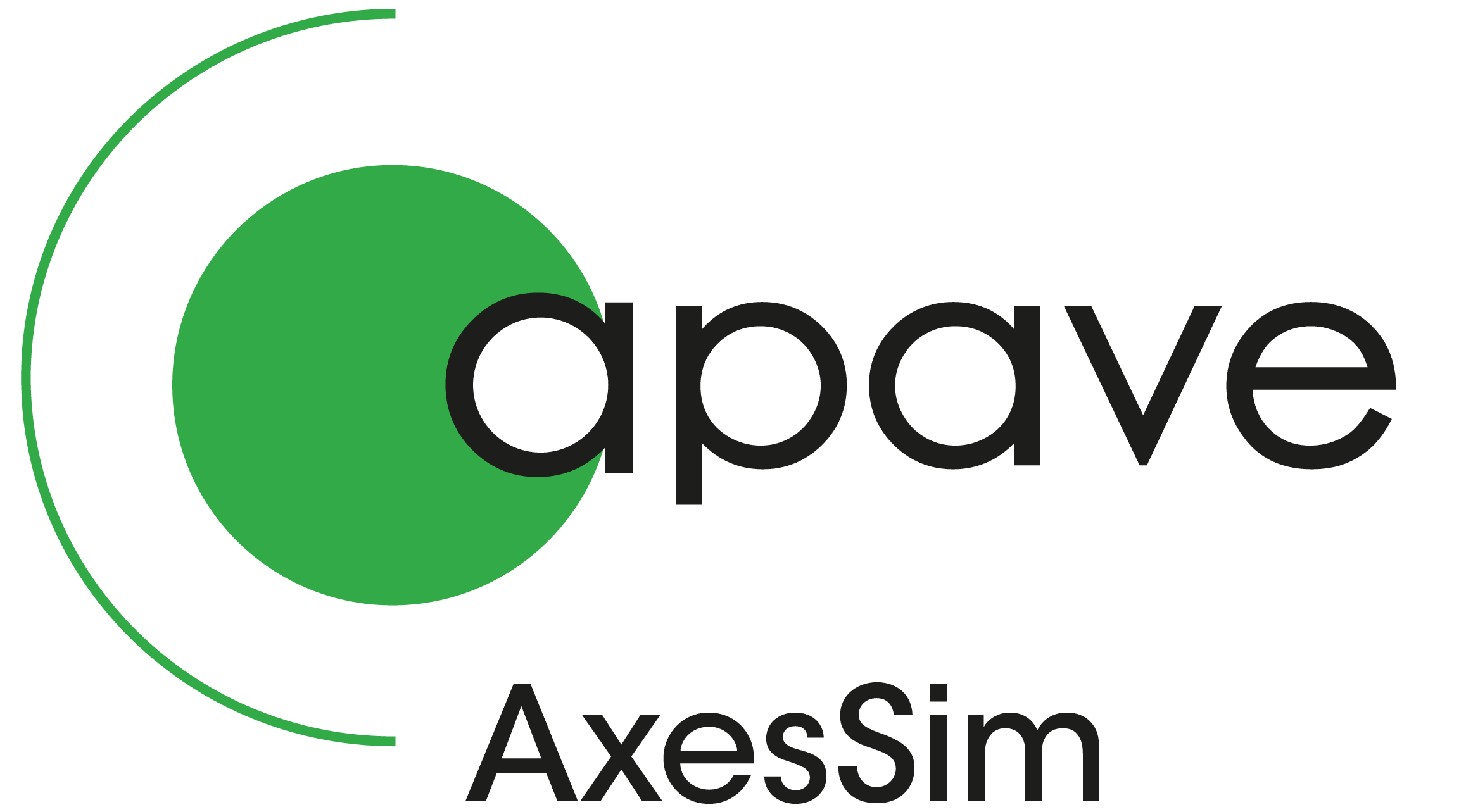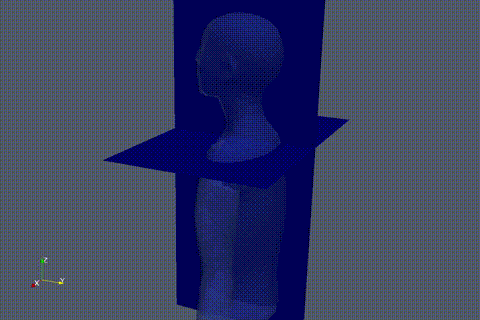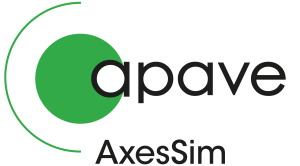We presented the optimization results of our 3D EM Discontinuous Galerkin in Time Domain (DGTD) solver “Teta” at the NUMELEC 2017 congress. Unlike the more classical FDTD method, Discontinuous Galerkin in Time Domain is designed to apply easily on unstructured meshes and this way to avoid undesired « staircase » effects.
During our presentation, we showed how we took advantage of the properties of the Gauss-Legendre interpolation nodes in unstructured hexahedral elements – what we call the « cross-interactions » – reducing the complexity of volumic field interactions from cubic to linear.
We also detailed the way we coded Teta’s OpenCL kernels to execute efficiently various accelerators such as GPUs and CPUs. Those accelerators do not have the same architecture (SIMD versus MIMD) and require a different approach concerning the memory used and the effort of each
parallel thread. In particular, the emphasis was put on the fact that the rewriting of GPU optimized kernels in destination to CPUs resulted in a speedup of approximately 6 (without vectorization).
The Teta Discontinuous Galerkin in Time Domain solver is currently used in the HOROCH project to study the influence of IoT close to the human body. So we could illustrate our presentation with some simulation results of different antennas (ELPOSD [T. G. Spence], patch, LTCC) placed close to human body parts (head, neck, arm, chest), here is another example :
In the near future, we will perform large scale simulations on the full human body thanks to computing hours granted by PRACE (through the SHAPE program) on the Piz Daint supercomputer.
Finally, we also presented the scalability results that we measured on different clusters composed of either brand new NVIDIA GeForce GTX 1080 Ti (AxesSim) or NVIDIA Tesla K20 (Mésocentre of Strasbourg). It appears that, on those devices, with a sufficient memory load of at least 1 GB per node, the parallel efficiency of the Teta solver is very close to 1.
Special thanks to the organizers and coordinators of L2E – Université Pierre & Marie Curie, Paris.


